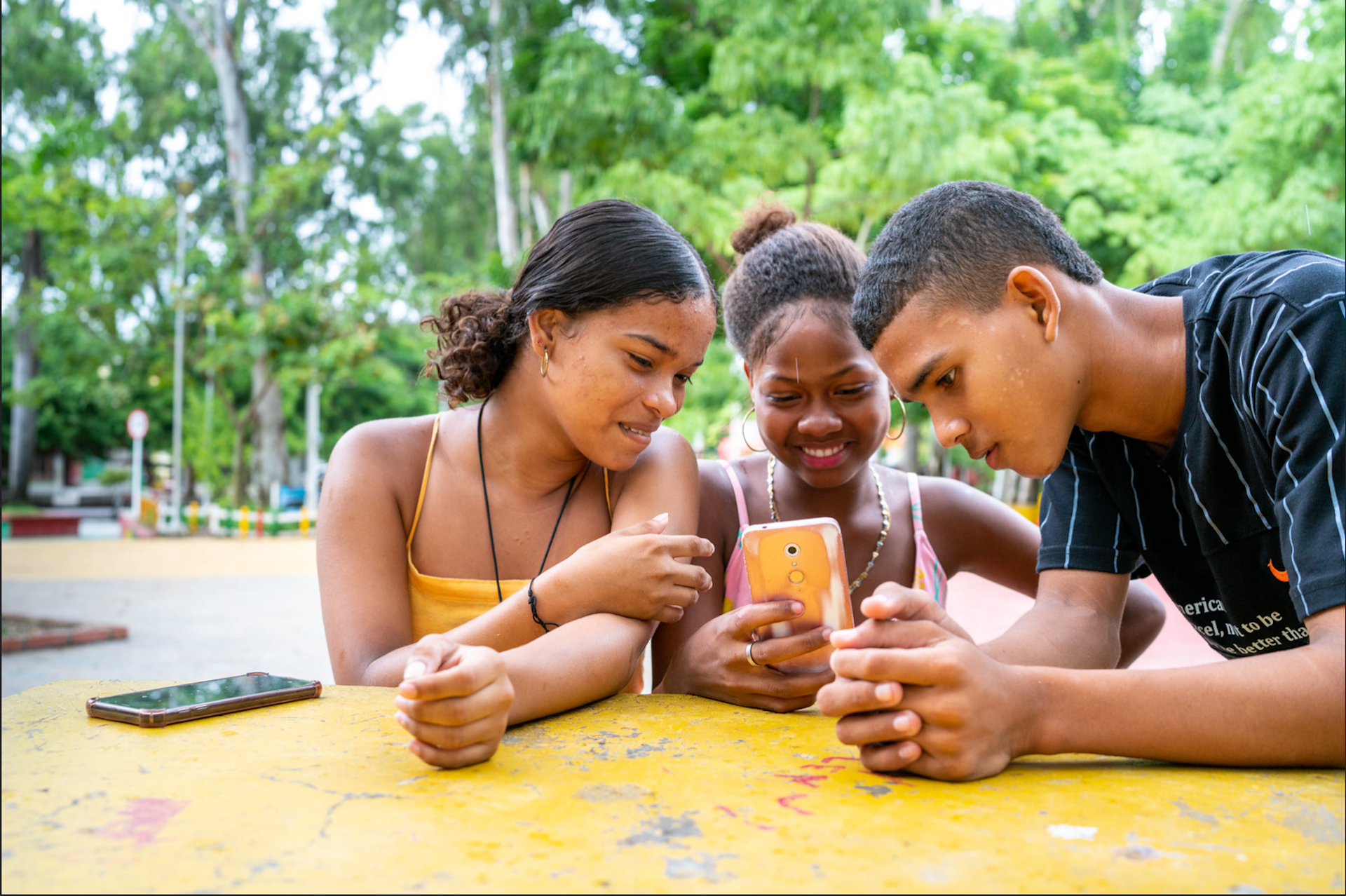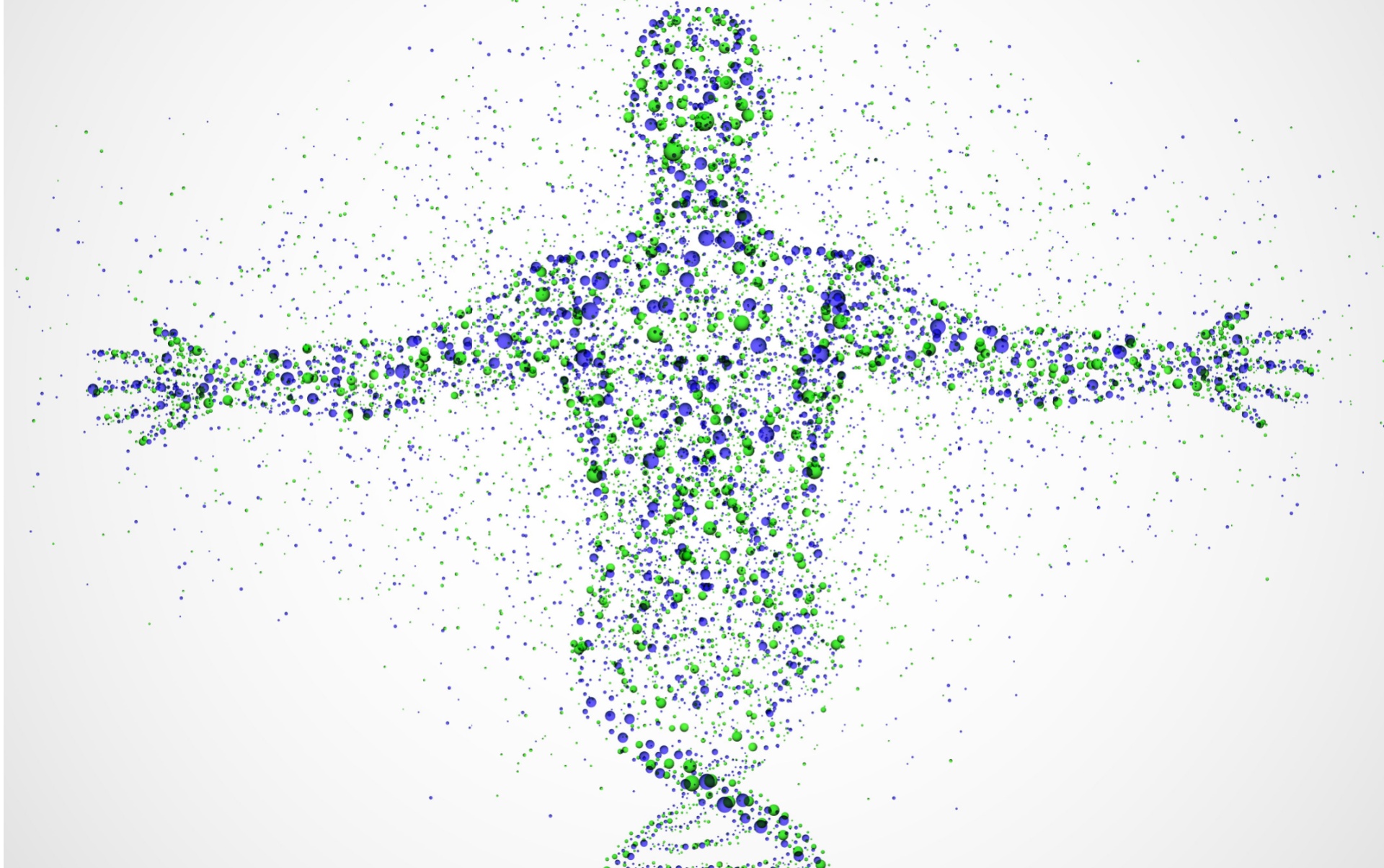PROMOTED CONTENT: FONDATION BOTNAR: Alternative futures for digital health
What would the future of digital health look like if it was created by and for the people, in all our diversity? There’s one way to find out – and it involves the participation of diverse health advocates and an intersectional lens
The digital transformation of health holds the potential to revolutionise healthcare delivery, empower patients, strengthen health systems, and spot and prevent the next pandemic before it begins. It has transformed how people access health systems and seek care: Transnational participatory action research by the Digital Health and Rights Project, for example, finds that young people in low- and middle-income countries use smartphones, social media and social chat groups to empower themselves to access and share health information. Digital spaces have also created new possibilities for local innovation and ‘borderless’ communication. But to make the digital transformation work for all, we need digital health to meet diverse needs – and that requires a long-overdue conversation about how to create more inclusive and democratic forms of digital governance that address the appropriate role of the private sector.
Given its powerful potential, it is unsurprising that global health agencies, philanthropies and development organisations are urging many countries to go ‘digital first’, and to rapidly pilot and scale up the use of new digital tools and artificial intelligence. But this development has often happened in a fragmented, piecemeal and techno-optimistic fashion, based on diverse partnerships with private enterprises that promote unproven new interventions. In the rush to digitise, evidence-based public health and data and digital governance are too often left as afterthoughts.
A double-edged sword
But by now, it should be clear that the digital transformation is a double-edged sword. Some digital solutions promoted as panaceas during the Covid-19 pandemic have quietly flopped. Access to digital tools, such as smartphones, and the online world are profoundly unequal, especially for women and girls in South Asia and Southern Africa. Globally, an onslaught of human rights violations is being both precipitated and rebuffed, almost in waves, by transformative digital technologies and their use. With every development that can expand access to health or empower more people, connecting them across borders, comes new questions of data security, privacy and algorithmic bias. Cyber-bullying, misinformation and disinformation, online abuse, hate speech and gender-based violence have forced many women and marginalised or minoritised populations to limit their online presence. Those with the most to gain or lose feel the impacts most sharply: for LGBTQI+ communities, for example, fears of threats, stalking and persecution online remain very real, especially in the 67 countries that criminalise homosexuality.
Most of us seem to have become complacent to these harms, thanks to the fast pace of change, but the digital world in which we live is profoundly shaped by business interests. From the platforms we use to access news and information, to messaging apps we use to connect with family and friends, to our work life, and even dating, shopping and entertainment – for those with access, almost all of daily life now takes place on platforms developed for profit. This includes health: Google now commands over 85% of global online searches for information, creating a near-monopoly on access to health information. Over 60% of the global internet population uses a mobile phone to go online, making much of the world dependent on telecommunications companies to check symptoms or chat with a medical provider. A small number of data-mining giants now command a growing percentage of government contracts. At the core of this trend are the demand for private actors to collect, aggregate and commodify intimate data from every aspect of human life, using this treasure trove to shape new tools for profit.
The influence of private actors
To date, digital health priorities and governance have also been influenced by private actors, in part because of their technocratic expertise. Multi-stakeholder fora at the United Nations and in other global governance spaces are on the rise, with champions saying the presence of the private sector is essential to ensure governance is grounded in pragmatic realities. However, some critics argue multi-stakeholderism that does not recognise power inequalities may also undermine meaningful democracy, with disproportionate power given to private interests.
These realities make it difficult for us to imagine digital spaces for the future that are safe, accessible and human rights–respecting for all. As a first step, rather than homogenising ‘beneficiaries’, we need to recognise the heterogeneity of populations, and their varying needs and challenges. Using an intersectional lens is critical to understanding how age, gender, religion, geographical location, class, race/ethnicity, economic status, sexual orientation and other political and social factors in different contexts, all impact on the way digital technologies are accessed and utilised. To imagine alternative futures, we also need to broaden traditional biomedical categories of health to acknowledge that the social, economic and political context has an enormous impact on the reach and potential of digital solutions. What would the future of digital health look like if it was created by and for the people, in all our diversity?
A truly rights-based approach to digital technologies in health must be built on the meaningful participation of civil society and diverse, and also ‘less visible’ communities – including young people – in national and global governance of digital health. Health advocates of all ages must mobilise to promote digital rights, using an intersectional lens that addresses diverse forms of digital inequality as well as the diverse possibilities for new forms of inclusion, solidarity and voice.











